Children and teens THRIVE on routines no matter the grade level or subject. It is so important to build these in every day. But what does this look like at the high school level?
I’ve taught in both elementary and high school classrooms and, let me tell you, the routines are very different. In elementary school, the routines look like morning meeting, smooth transitions, and clean-ups. However, in high school, the students need routines for starting class, working independently, and staying organized. Here are the most important routines that I have in my classroom.
1. Schedule
With hybrid learning this past year, I found it so helpful to have a running Google Slides with the daily agenda. Everything my students need to know for the day is projected on the board every day when they come into the classroom. I always have the warm up, agenda, date, and homework due and upcoming assignments.
The slide template that I had this past year was super bland. I thought I’d be able to create one on my own (boy, was I wrong!). Save yourself the frustration and time and just download or buy one from someone else. There are so many beautiful slide templates out there that fit any aesthetic. Here are a few of my favorites!
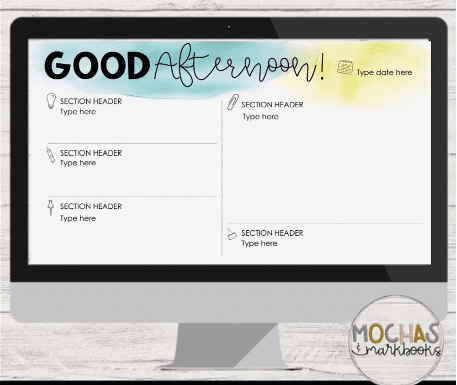
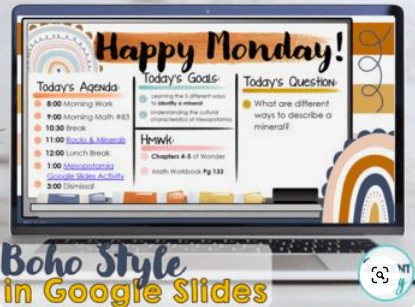
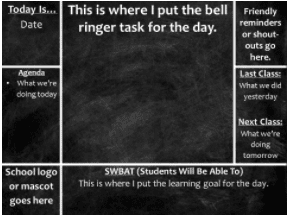
2. Warm up routine
In addition to the daily agenda, having a warm up on the board as the students are coming into class is essential. After some training, the students will know that when they come into class, they should get settled and start the warm up. This gives you the first few minutes to greet students and take attendance without having to worry about what they are doing. Warm ups can be review from previous topics, number sense problems, or a check in from the day before.
3. Organization of materials
Having a designated area(s) in your classroom for your materials and supplies not only helps you, as the teacher, stay organized as well as your students. Having this area will make your transitions much smoother. I like to keep my lined paper, graph paper, rulers, whiteboard markers, etc. easily accessible. Labels and plastic bins are a great way to store materials and other loose items. You can get them for super cheap at the dollar store! During independent or group work, the students will know exactly where to find everything that they need. Building this type of autonomy in students is invaluable.
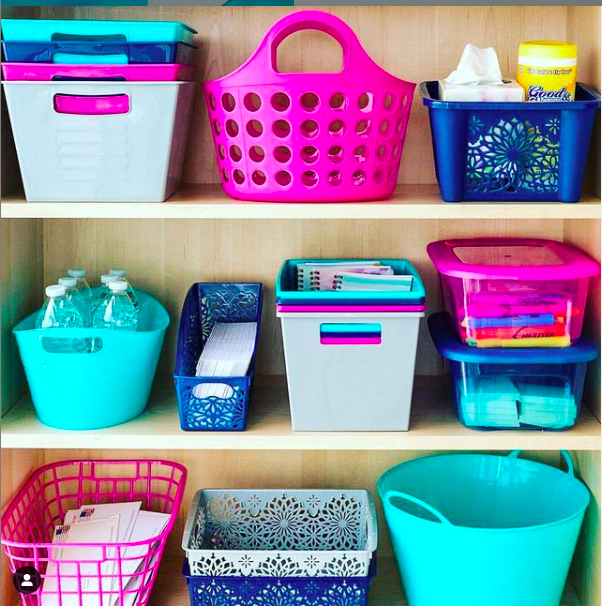

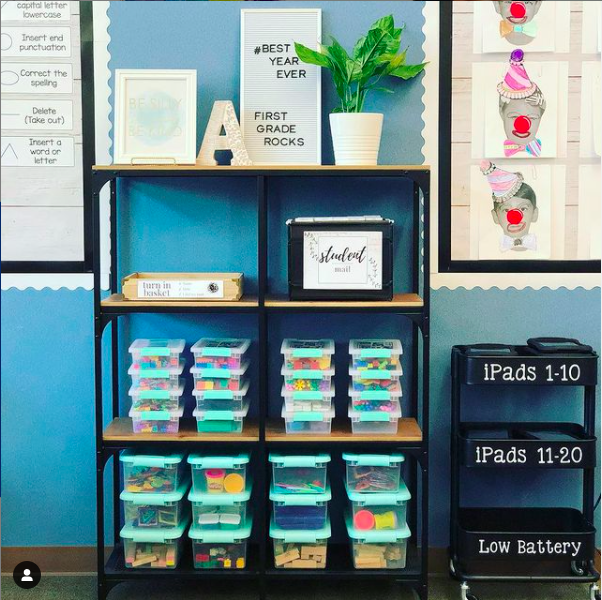
Binder Organization
I have made student organization a goal for my classroom. I teach primarily ninth graders, so to say that their organization is abysmal would be an understatement. Now don’t get me wrong, there are a handful of students who have great organization. However, the vast majority struggle and even looking at their backpack gives me major anxiety.
During the first week of school, I ask all of my students to bring in three-ring binders with filler paper. That is really all I ask them to have for my class (and a pencil of course). This past year, I asked for binders from other teachers that they no longer needed. I expected to get about 10, but I got over 30! I had plenty for the students who did not bring them in.
A few days into school, we spend about 15-20 minutes setting up our binders. The binders include a student-friendly syllabus, table of contents, and note pages for the first lesson. I try almost every day to keep up with the table of contents and make sure that my students aren’t shoving their papers into their backpacks at the end of class. If there is an inconsistent week, I will make some time for my students to organize their binders and make sure that they have everything they need.
Download my FREE, editable binder organization templates
here.
Group work routines
Group work is a major part of the way I run my classroom. I think it is so important for students to be able to work together and practice math talk. Typically, I will give my students 20-30 minutes to complete an assignment entirely on their own. I train them to use their resources and strategies to solve the problems rather than just asking me for help. At this age level, they are transitioning from a very regimented schedule and need to learn how to work together, manage their time, and problem solve. It takes a few months of practice, but eventually they make a lot of progress!
End of class Routines
I try to wrap up my class a few minutes before the bell so that there is time to “clean up.” During this time, the students are able to put their materials away neatly, put their work in their binders, and pack up without feeling rushed. It is also a great time to give your students reminders for the week and repeat what work they need to finish at home.
Get the FREE binder organization templates here!
DOWNLOAD NOW





